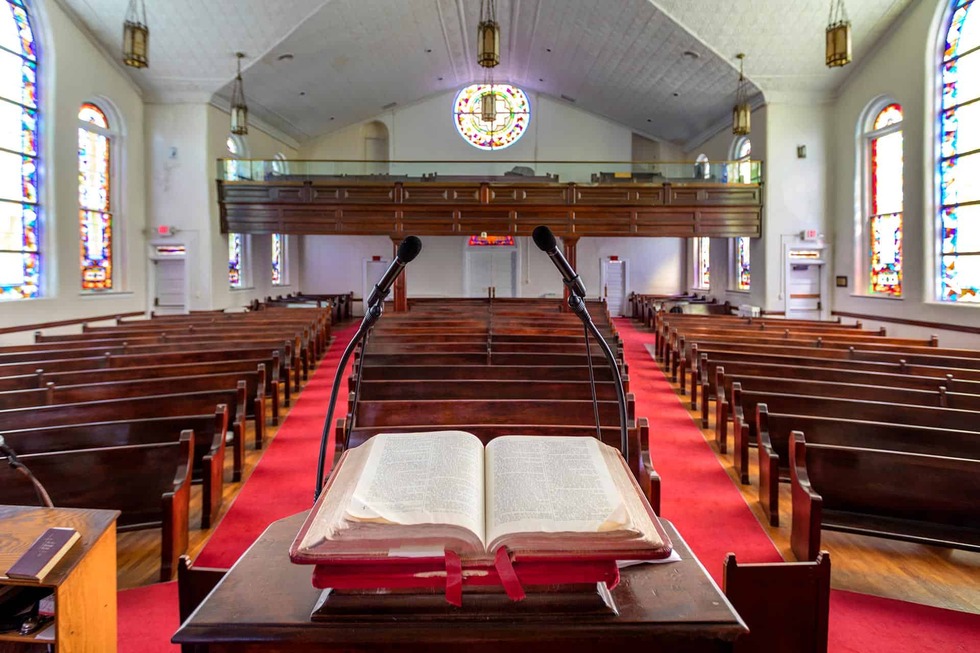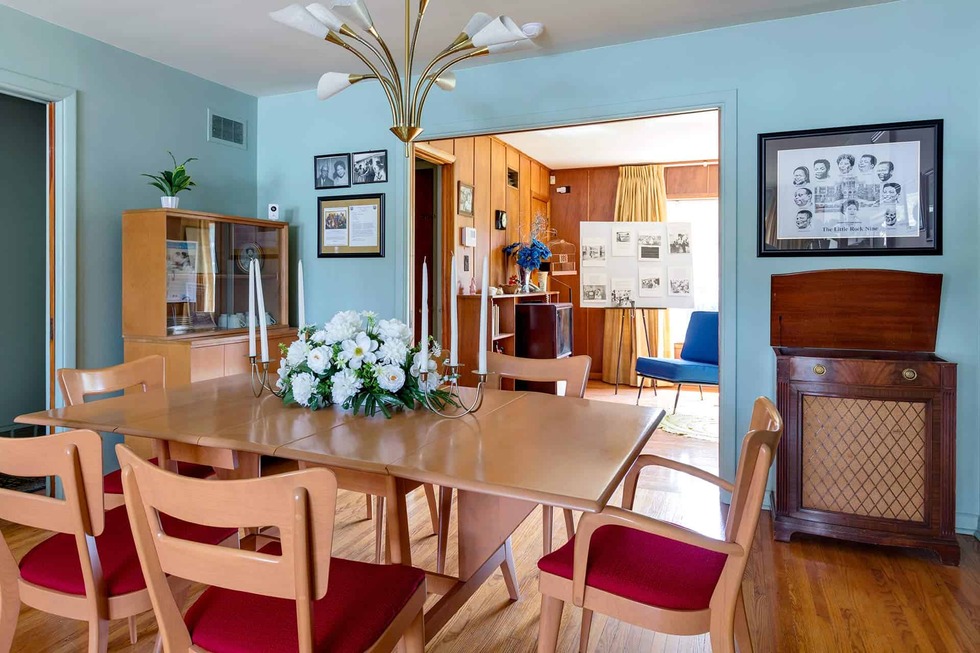Stirring Images of the U.S. Civil Rights Trail from Its Official Companion Book
By Zac ThompsonStretching across 14 states, the U.S. Civil Rights Trail connects more than 100 churches, schools, courthouses, homes, museums, and memorials that have played a role in the struggle of Black Americans to achieve fundamental freedoms.
The trail was launched in 2018 with the cooperation of activists, historians, and several state tourism programs seeking to provide a way for travelers to learn about and pay tribute to the brave people who marched, held sit-ins, and otherwise fought to dismantle racist Jim Crow policies in the 1950s and '60s.
Now the trail has an official companion book ($19.95) gathering archival images of the movement along with more than 200 eye-catching photos of Civil Rights landmarks today, shot by Art Meripol, an award-winning photographer formerly on staff at Southern Living magazine.
The book's text, written by Alabama tourism director Lee Sentell, features a timeline of significant marches, sit-ins, Freedom Rides, court cases, and other events, as well as brief histories of key cities and landmarks organized by state.
The 128-page hardcover is at once a keepsake, a historical record, and an inspiration for future pilgrimages. As the volume's subtitle puts it, "what happened here changed the world."
Scroll on to see a selection of striking images from the book as well as online resources for planning a trip.
Pictured above: Civil Rights Memorial in Montgomery, Alabama
A white supremacist gunned down civil rights activist Medgar Evers at his home in north Jackson in 1963. Today, the house has been restored to the way it looked when Evers lived here with his wife and fellow activist, Myrlie, and their three children.
Under the leadership of pastor Ralph Abernathy, a trusted friend of Martin Luther King, Jr., Montgomery's First Baptist Church served as a crucial meeting place for organizers of the 1955–56 Montgomery Bus Boycott. Later, the church came under siege by segregationists when the building was used as a refuge for Freedom Riders evacuated from the Greyhoud bus station they were trying to integrate. The church continues to hold services to this day.
The Memphis motel where Martin Luther King, Jr., was assassinated in 1968 is now the site of an in-depth museum tracing African Americans' struggle for civil rights back 400 years and up to the present. Frommer's has proclaimed its collection of films, photos, artifacts, oral histories, and interactive exhibits "one of the most important museums in the South—if not the country as a whole."
In 1957, the home of Arkansas NAACP president Daisy Bates became the command post for the Little Rock Nine and their supporters working to desegregate the city's Central High School amid the virulent opposition of white residents. Shots were fired into the house's windows and crosses were burned on the lawn on more than one occasion during the crisis. Though the home's preserved midcentury interior isn't accessible to drop-in visitors, tours can be arranged if scheduled in advance.
Named after a Confederate brigadier general, Selma's Edmund Pettus Bridge was the site of the 1965 Bloody Sunday attacks, in which nonviolent marchers for voting rights were beaten by white police officers and a deputized mob. Horrifying televised images of the violence helped galvanize support for the marchers' campaign, which eventually succeeded.
A portion of the whites-only lunch counter at a Greensboro Woolworth's store where four Black students from North Carolina Agricultural and Technical State University launched a sit-in movement to protest segregation in 1960 has been meticulously preserved. But the surroundings have changed considerably, having been revamped into a museum dedicated to preserving the legacy of the protesters and the wider Civil Rights cause.
Eighteen bronze statues on the grounds of the Virginia State Capitol honor important figures in the commonwealth's road to equality. Among the notables: Barbara Johns, who as a 16-year-old organized a walkout in 1951 of the all-Black R.R. Moton High School to demand the same education that white kids got. The legal battle that ensued eventually became part of the landmark Brown v. Board of Education Supreme Court case that put an end to "separate but equal" policies at public schools.
The official companion book to the United States Civil Rights Trail by Lee Sentell is available now for $19.95. According to a press release, proceeds will benefit a project to add LED lighting to the Edmund Pettus Bridge in Selma, Alabama.
For help planning a road trip to visit the landmarks in person, the Civil Rights Trail's website has a helpful online tool that lets you search for destinations using an interactive map. Or you can download pre-set driving itineraries for each state that's part of the system.














